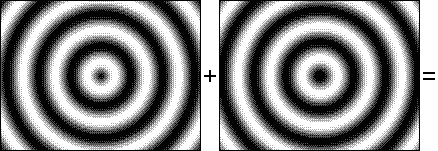from: http://www.tesla-symp06.org/papers/T...mp06_Corum.pdf


Abstract – The electrical properties of RF coils are deduced from
the boundary value solution of Maxwell’s equations. In the
1890s Tesla concluded, on the basis of experiment, that very
large voltages were attainable on helical resonators through the
mechanism of wave interference and standing wave phenomena.
For such structures lumped element circuit analysis fails
because its inherent presuppositions are inadequate. In the limit,
as the frequency is lowered, the mode distribution becomes
uniform and the RF solution passes to conventional lumped
circuit elements. This passage is demonstrated analytically.
Experimental measurements are employed to support Tesla’s
assertions.
the boundary value solution of Maxwell’s equations. In the
1890s Tesla concluded, on the basis of experiment, that very
large voltages were attainable on helical resonators through the
mechanism of wave interference and standing wave phenomena.
For such structures lumped element circuit analysis fails
because its inherent presuppositions are inadequate. In the limit,
as the frequency is lowered, the mode distribution becomes
uniform and the RF solution passes to conventional lumped
circuit elements. This passage is demonstrated analytically.
Experimental measurements are employed to support Tesla’s
assertions.
The above theory and assertions may be confirmed
experimentally. Over the years, many large (and small)
helical coils have been constructed. Typical is the following
coil with physical parameters and top loading given by:
D = 24.25 inches
H = 55.4 inches
s = 0.175 inches
dW = 0.1019 inches
N = 316.5 turns
CT = 11.5 pF
L(measured at 1 kHz) = 22.1 mH
experimentally. Over the years, many large (and small)
helical coils have been constructed. Typical is the following
coil with physical parameters and top loading given by:
D = 24.25 inches
H = 55.4 inches
s = 0.175 inches
dW = 0.1019 inches
N = 316.5 turns
CT = 11.5 pF
L(measured at 1 kHz) = 22.1 mH

Lumped element circuit theory assumes that there are no
wave interference phenomena present, that is - the current
distribution along the circuit elements is uniform. It is this
nonphysical constraint (neglecting spatial variations in the
current distribution on coils) that has been used in the
handbook formulae for self and mutual inductance. Such
assumptions are reasonably suitable at frequencies far
below those for which RF phenomena and self-resonances
occur. But, they are thoroughly improper for Tesla coils
operating as Tesla used them after 1894.
wave interference phenomena present, that is - the current
distribution along the circuit elements is uniform. It is this
nonphysical constraint (neglecting spatial variations in the
current distribution on coils) that has been used in the
handbook formulae for self and mutual inductance. Such
assumptions are reasonably suitable at frequencies far
below those for which RF phenomena and self-resonances
occur. But, they are thoroughly improper for Tesla coils
operating as Tesla used them after 1894.










Comment